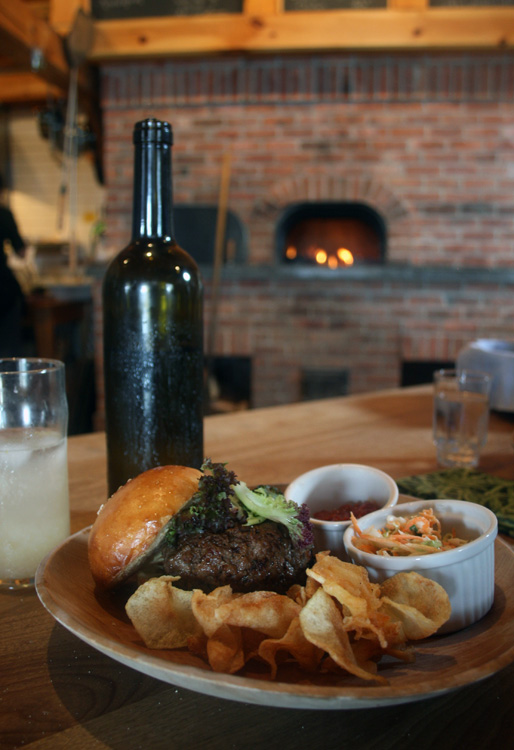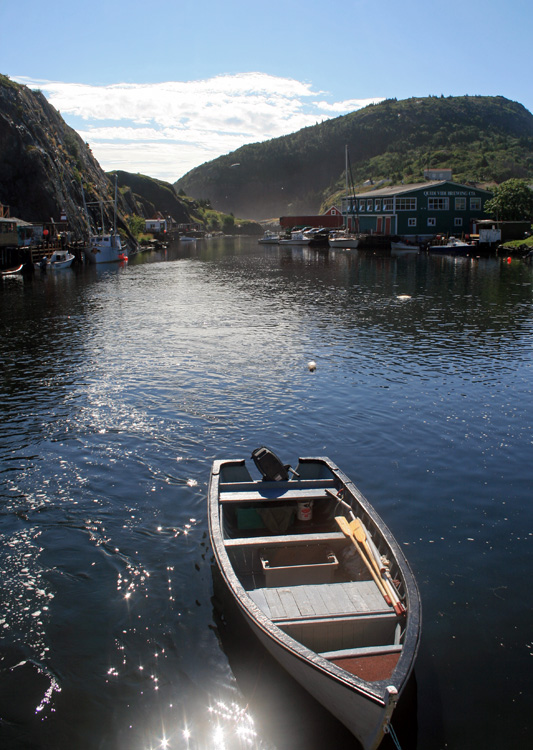What a weird summer this is. The world has been turned upside down by the COVID-19 pandemic and public health restrictions – and we certainly hope that you and your family have been able to stay safe during this unprecedented crisis. Newfoundland & Labrador has weathered the storm very well so far — thanks in large part to good leadership, public cooperation and the ability to control influx from outside the province (I’m reminded of the words of the Newfoundland folk song “Thank God We’re Surrounded by Water“).
There have been costs, of course, and the tourism industry was hit fast and hard. I’ve missed welcoming visiting birders and nature lovers this spring and summer, and sharing the incredible beauty of my province with them – and have also had to cancel some of my favourite tours to other parts of Canada and even Greenland this season. I’m very much looking forward to seeing you all, as soon as it is safe and reasonable to travel again 😉
There have been silver linings to this very dark cloud – not the least of which is the extra quality time I am spending with my family. Summer is usually very busy for me, so it’s been a blessing to have these extra few weeks with my kids who are growing up way too fast. We’ve played games and watched movies, went on family hikes along our beautiful coastlines, visited family (now that it’s safe to do so) and spent time hanging out in some of our favourite places like Lewisporte and Grates Cove 🙂 I may never have a summer like this again, and I’m determined not to squander it.
And as much as I miss birding and exploring with so many of you, I am also embracing the opportunity to explore different places and in different ways on my own. I’ve spent time birding closer to home and contributing to the brand new Newfoundland Breeding Bird Atlas. I’ve even gotten to know my own backyard much better – watching the local robins and juncos raise their families, tackling gardening projects I’ve “talked about” for years, and helping my kids discover the little joys of nature. (They even scored the first record of new ladybug species for North America – right in our own yard!!)

Newfoundland’s first Breeding Bird Atlas has given me a fun new reason to get out birding – and helped take the sting out of missing all the visiting birders I would have been exploring with this summer. These are just some of the breeding songbirds I would have shared with those clients – and now have been tallied for the atlas 😉

Here is one of several 10-spotted Ladybugs (Adalia decempunctata) that my daughters first discovered in our yard. It turns out it was a (somewhat expected) first confirmed record for North America! Exploring our backyard has been a bright spot during our extended time at home this spring.
As part of my ramblings, I was lucky to spend a short time with a pair of Bald Eagles and their surprisingly young (given the date) chick. Check out this short video:
I know many people and families have been impacted by this pandemic in much greater ways than ours, and our hearts go out to everyone who has suffered illness, experienced loss or simply struggled to make ends meet. We pray every day to see the light at the end of this dark tunnel soon. However, if you’re as fortunate as we are to stay safe and healthy, I encourage you to find the silver linings in your own lives and make the most of them. Your smile and positive attitude may be just what the next person you run into needs to see.
Be safe, take care of yourself and those around you, and keep dreaming about that next adventure.




























































